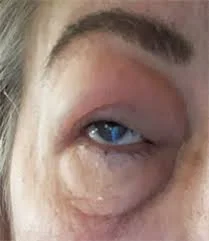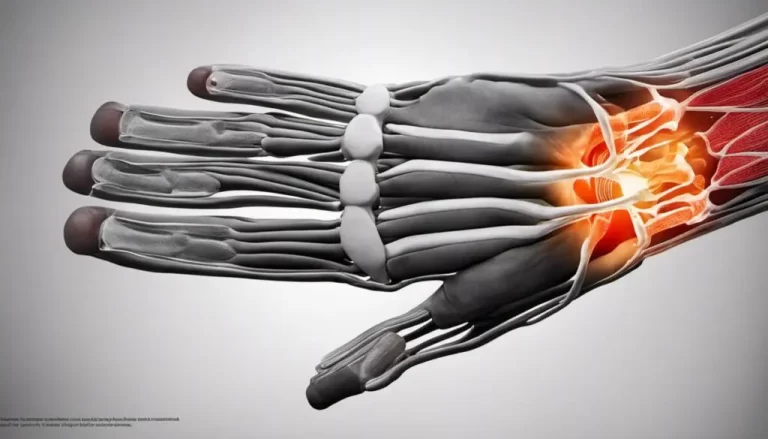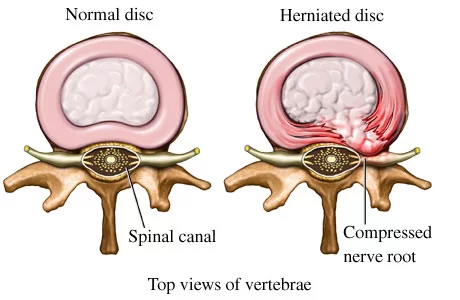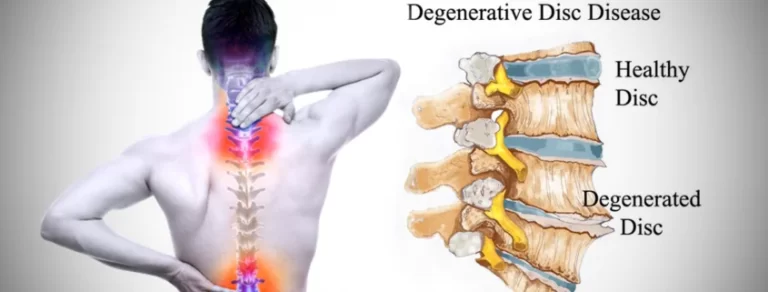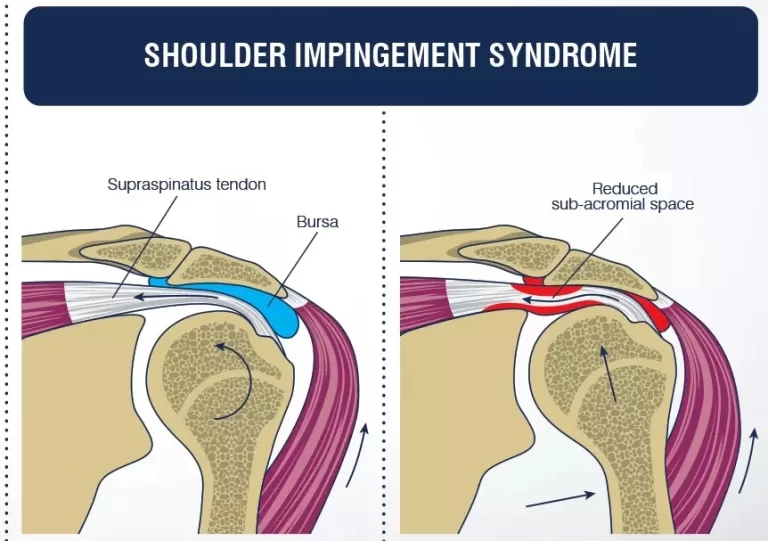Periorbital Edema
Table of Contents
Introduction
Periorbital edema refers to swelling around the eyes. The area surrounding the eyes is known as the eye socket or eye orbit. People sometimes call this condition periorbital puffiness or puffy eyes.
Periorbital edema can affect either one or both eyes at once. Continue reading to learn more about periorbital edema, including its symptoms and treatment options.
Causes of Periorbital edema
The following are some possible causes of periorbital edema.
Allergic reactions.
Allergic reactions can cause skin inflammation around the eyes, as well as red, watery eyes.
In this case, taking antihistamines may help alleviate the symptoms.
Anaphylactic shock may occur when swelling around the eye is combined with other facial swelling or difficulty breathing.
Anaphylactic shock is a severe allergic reaction and a medical emergency. A person experiencing anaphylactic shock requires immediate medical attention.
If a person believes this is the case, they should contact emergency services immediately.
Ageing
As we age, our bodies expel more water throughout the day. This may cause the body to try to retain more fluid, resulting in swelling around the eyes.
Acute infection.
An acute infection can cause periorbital edema. If a person has an acute infection, they may develop additional symptoms. This includes:
fever or feeling unwell.
nausea, vomiting, and swollen lymph nodes.
Conjunctivitis or periorbital cellulitis.
Conjunctivitis, additionally known as pinkeye, is described as the inflammation of the thin layer of tissue that covers the eye.
The eye may appear red or pink, swollen, or irritated. This could be the result of an infection or irritation from a trusted source.
Conjunctivitis is caused by viruses or bacteria, and it can be highly contagious. Treatment will vary depending on the cause, but antibiotics may be used.
Periorbital cellulitis is a similar infection that affects the skin around the eyes and eyelids, and it can also cause periorbital edema.
Crying
When a person cries, their tears may irritate the eyes. This may cause swelling.
Diet and Lifestyle
Periorbital edema can be caused by lifestyle factors, including:
- Sleeping irregularly
- having a high-salt diet
- Drinking excessive amounts of alcohol regularly can lead to dehydration.
- These lifestyle changes may cause the body to retain fluids.
Eye injury.
Injuries to the eye or eye area, such as a black eye, can result in swelling and bruising.
Thyroid diseases.
Autoimmune thyroid disorders can cause eye problems like blurred vision and periorbital edema.
It is more prevalent in Graves’ disease, but it can also occur in people with hypothyroidism.
Other causes
Other possible causes of periorbital edema are:
- Nephrotic Syndrome.
- blepharitis
- Blocked tear ducts
- corneal ulcer
- COVID-19
- endophthalmitis
- sinusitis
Symptoms of Periorbital edema
Symptoms of periorbital swelling may include
- Inflammation around the eyes
- Eye puffiness can cause blurred vision.
- Redness around the whole eye
- Swelling of tissue around the eye
- Bulging in the eyeball
- Redness and inflammation on the white of the eye.
- Extreme tearing
- Itching or Pain
Other symptoms of periorbital edema vary depending on whether the cause is systemic. Periorbital edema can be a symptom of kidney disease or an autoimmune disease such as lupus, in which case other symptoms will be present.
Diagnosis of Periorbital edema
If a person suspects they have periorbital edema, they can consult with a doctor. A doctor can assist with determining the underlying cause.
Doctors can perform a few specific tests:
- Allergy testing
- Blood tests
- Skin biopsy.
- Imaging tests
The doctor will examine the affected area. They may also ask general health and lifestyle questions to determine the cause. Depending on the suspected cause, the doctor may perform a series of tests.
Treatment of Periorbital edema
Anything the cause of the periorbital edema, certain treatments may help to reduce swelling:
Reducing salt intake: A salty diet can cause an increase in fluid retention. A low-salt diet can help reduce fluid retention in the body, particularly around the eyes.
Drinking more water: can help reduce fluid retention, which can lead to less fluid buildup around the eyes.
Using a cold compress: Applying a cold compress to the affected areas may help reduce inflammation.
Corticosteroids: This medication can be used as a cream on the skin. It helps to reduce skin inflammation, particularly around the eyes.
Ibuprofen is one example of an anti-inflammatory medication. This could reduce inflammation throughout the body, including the eyes.
Other treatments for periorbital edema are specific to the cause. This includes:
Antihistamines can help reduce swelling around the eyes caused by an allergic reaction.
Adrenaline or epinephrine: This emergency treatment reduces severe swelling caused by anaphylactic shock.
Antibiotics may help to reduce swelling around the eyes if it is caused by an infection.
Blepharoplasty
Blepharoplasty is a cosmetic surgical procedure for lifting the lower eyelid. This is usually done as an outpatient procedure, either with local or general anaesthesia.
Blepharoplasty is a relatively common procedure in which a plastic surgeon adjusts the fat in the lower eye area while tightening the muscles and skin to create a smooth appearance.8
The results may differ depending not only on the surgeon’s expertise and experience, but also on your age, skin quality, and personal expectations.
Lifestyle and Home Remedies.
There are a few simple strategies you can try at home to reduce puffiness under your eyes
Using a cool compress: Soak a washcloth in cool water and place it around your eyes for several minutes while sitting upright. There are cooling gel eye masks available online and in many drugstores that do the same.
Avoiding allergy triggers: entails monitoring local pollen and mould levels on the news and staying indoors when counts are high. Vacuum and dust your home to reduce exposure to pet dander and dust mites. Tumble-drying your pillows on high heat for 10 to 20 minutes can also help to eliminate dust mites.
Improving your sleep hygiene: Keep your bedroom cool, quiet, and dark, and avoid eating and using electronics before bedtime. It is also beneficial to have a nightly routine (such as taking a shower or reading a book) that helps you fall asleep at the same time every night—ideally for seven to eight hours.
Quitting Cigarettes: Smoking can accelerate collagen loss and cause blood vessels in the skin to shrink.5 The combination of collagen loss and decreased blood flow can cause irreversible eye bagginess. It may take several attempts to quit, but smoking cessation medications can help.
Summary
Periorbital edema is swelling around the eyes, often referred to as periorbital puffiness or puffy eyes. It can be caused by allergic reactions, anaphylactic shock, age, acute infection, conjunctivitis, or periorbital cellulitis.
Lifestyle factors like irregular sleep, high-salt diets, excessive alcohol consumption, eye injuries, and thyroid diseases can also cause periorbital edema. Diagnosis involves a doctor performing tests such as allergy testing, blood tests, skin biopsy, and imaging tests.
Treatment options include reducing salt intake, drinking more water, using cold compresses, corticosteroids, and Ibuprofen. Antihistamines, adrenaline, and antibiotics may also be used. Blepharoplasty is a cosmetic surgical procedure for lifting the lower eyelid, which can help reduce swelling.
Home remedies include using a cool compress, avoiding allergen triggers, improving sleep hygiene, and quitting cigarettes. is critical to see a doctor if symptoms persist or worsen.
FAQs
The tissue around the eyes appears puffy due to fluid buildup and inflammation. Periorbital edema is usually not serious and is caused by a lack of sleep, a poor diet, or allergies. However, it can also be caused by a serious medical condition, such as kidney disease or lupus.
Blood tests that specifically look for infections and thyroid abnormalities.
Allergy tests.
Skin biopsy.
Imaging tests include CT and MRI scans.
The following home remedies are recommended for all cases of periorbital edema:
Following a low-sodium diet.
Increase your water intake.
Apply a cold compress to the eyes for a few minutes at a time.
Periorbital edema is the term used to describe the swelling around the eyes. The eyelid connection, also called the eye orbit, is the area surrounding the eyes. This condition is also referred to as periorbital puffiness or swollen eyes.
References
- Cirino, E. (2023, February 16). Periorbital Edema. Healthline. https://www.healthline.com/health/periorbital-edema
- Burgess, L. (2024, February 27). How do you get rid of puffy eyes? https://www.medicalnewstoday.com/articles/320896
- Swelling Around Eye & Orbital Swellings – Face Restoration Facial Aesthetics. (2023, February 23). Face Restoration Facial Aesthetics. https://www.facerestoration.com/conditions/swollen-eye-swelling-around-the-eyes-periorbital-oedema/
- Neimark, J. (2021, May 27). Periorbital Edema. All About Vision. https://www.allaboutvision.com/symptoms/periorbital-edema/
- Bsn, R. Z. (2023, September 15). Puffy Eyes: Causes and Treatments for Bags Under Your Eyes. Verywell Health. https://www.verywellhealth.com/how-to-get-rid-of-puffy-eyes-5105091

